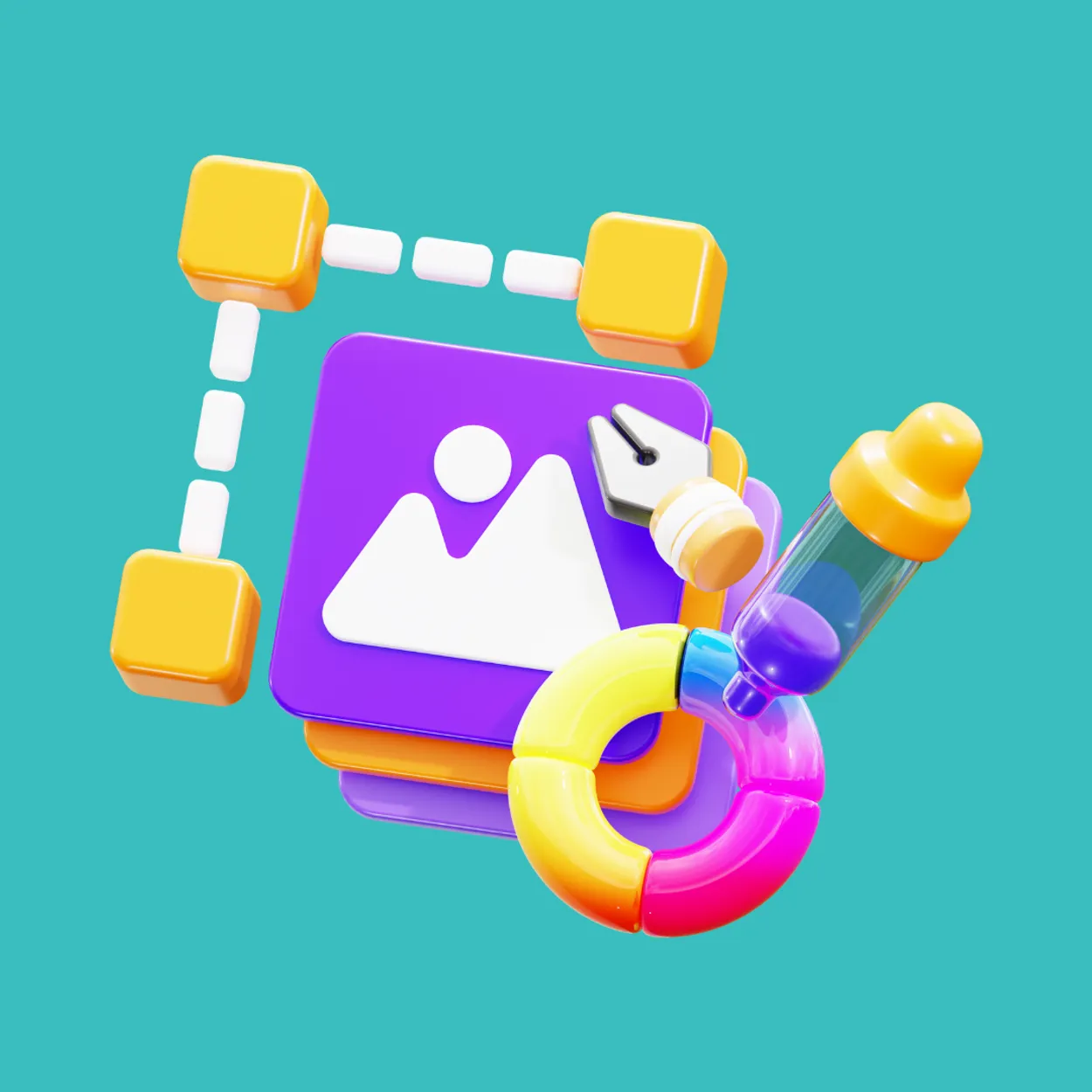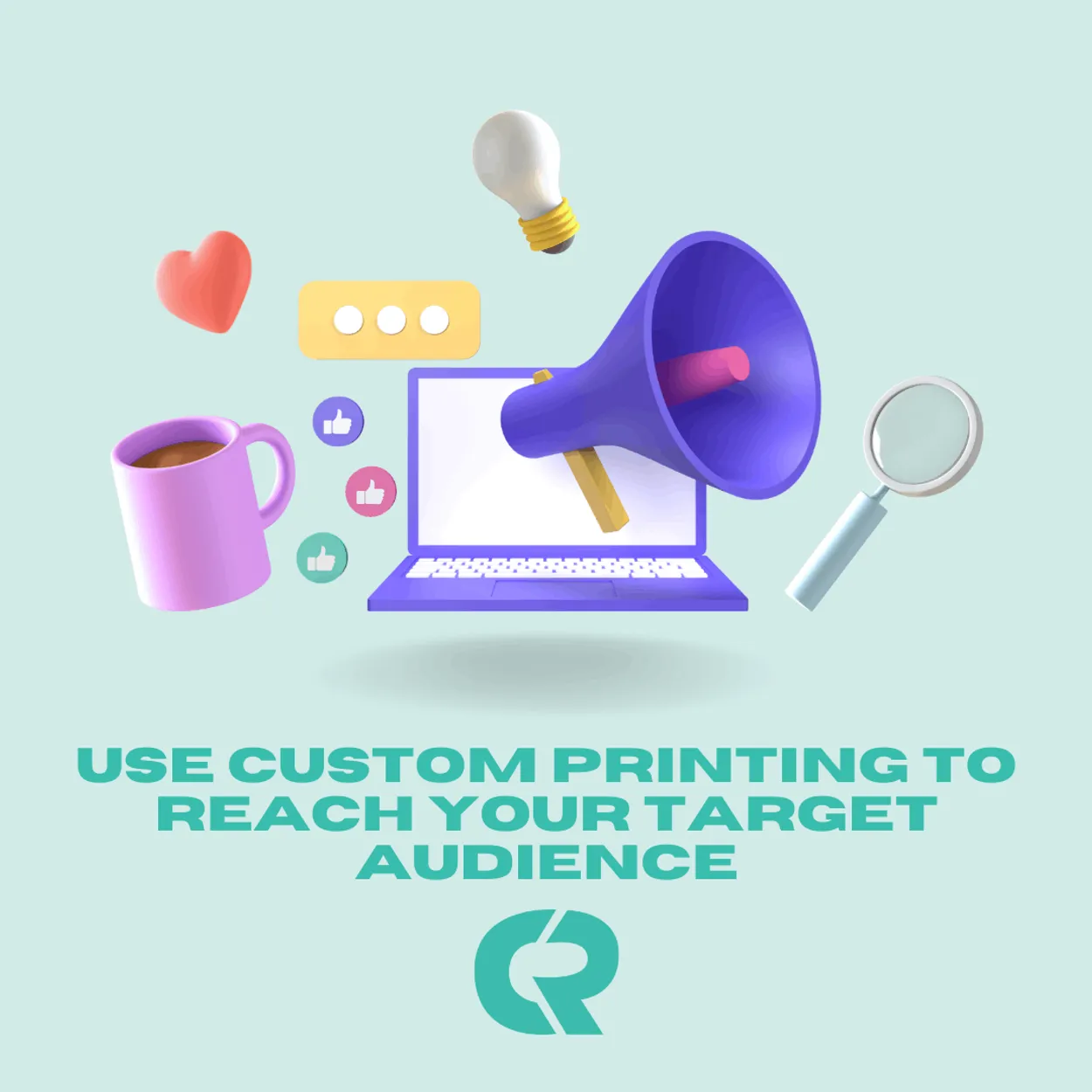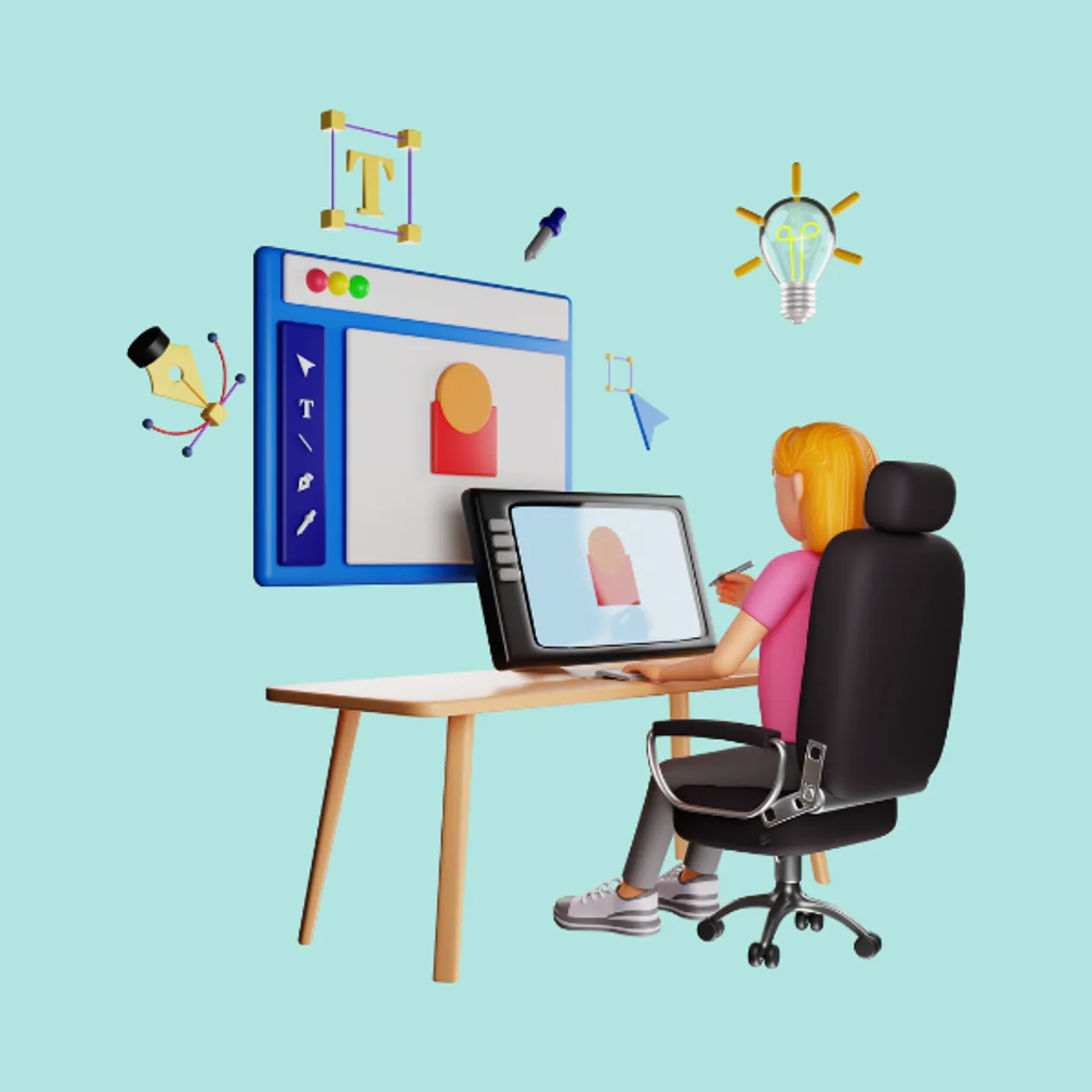Flat Embroidery vs. Puff Embroidery

When selecting between flat and puff embroidery for your projects, it’s important to recognize the distinctions. Flat embroidery presents designs that sit smoothly on the fabric, forming clear and detailed artwork. 3D puff embroidery, conversely, elevates the thread by incorporating a foam layer, which adds a 3D effect to the design. Grasping how these methods function can assist you in making the most suitable decision for your clothing, hats, or accessories. Each style offers its own unique appearance and texture.

What is Flat Embroidery?
Flat embroidery is a technique where designs are stitched directly onto the fabric, creating a clean, polished look. This method provides a flat, smooth finish ideal for logos and detailed designs. Common applications include corporate apparel, hats, and uniforms, where a professional appearance is crucial. Flat embroidery involves precise stitching, allowing intricate details to shine without added bulk. It’s a versatile choice that is compatible with various fabrics, ensuring durability across different garment types.

What is Puff Embroidery?
Puff embroidery, also known as 3D embroidery, involves using a foam layer beneath the thread to elevate the design and create a bold, three-dimensional effect. A foam piece is sewn onto the fabric, creating the raised effect that makes the design stand out. This method is popular for designs with simple shapes or bold lettering, as the foam adds visual depth that makes designs pop. Puff embroidery makes a strong impact on items like hats, where the raised design stands out beautifully, and the sturdy material can effectively support the foam embroidery.
Having foam underneath the stitches is crucial to achieve the three-dimensional effect. The foam layer is tacked down with stitches, giving the design its signature raised appearance. This technique requires more attention to detail in machine settings and material choice. An embroidery machine stitches over the foam, accommodating thicker materials and ensuring the design's complexity and specialized nature.
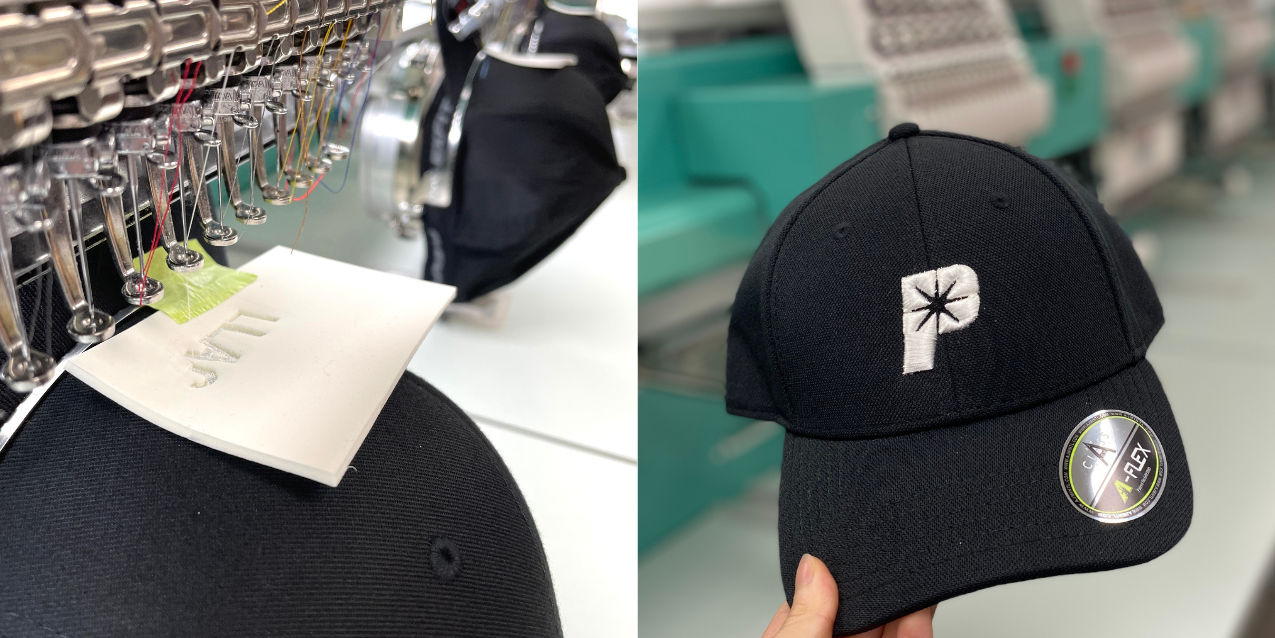
What is Embroidery Digitizing?
The embroidery process begins with embroidery digitizing, where a design is created for machine embroidery. Embroidery digitizing is the process of converting artwork, such as a logo or design, into a digital format that can be read and stitched by an embroidery machine. In this process, a skilled technician uses specialized software to map out the details of the design, specifying stitch types, directions, and densities to recreate the image in the thread. This digital file essentially "tells" the embroidery machine how to sew the design onto garments, hats, or other materials by providing precise instructions on stitch placement, colour changes, and thread paths.
Through digitizing, designs become compatible with embroidery machines, ensuring they can be accurately reproduced on fabric. Without digitizing, the machine wouldn’t know how to interpret a design file, so it’s a crucial step for achieving a high-quality, consistent result on embroidered products.

Key Differences Between Flat Embroidery and Puff Embroidery
Texture and Depth: Three-Dimensional Effect
Flat embroidery sits flush against the fabric, giving it a sleek finish, while puff embroidery stands out due to the foam, creating a more tactile design. The raised effect of puff embroidery adds texture and a unique dimensional quality, perfect for statement pieces that need extra attention.
Design Complexity:
Flat embroidery excels with intricate designs and fine details, making it ideal for logos and text-heavy applications. Puff embroidery is better suited for bold, simple shapes and lettering, as the foam can obscure finer details and thin lines.
Durability
Flat embroidery offers strong durability, especially in designs that undergo frequent washing. Puff embroidery, though also durable, requires gentle washing to maintain the foam’s raised effect. Proper care ensures longevity for both techniques.
Application on Fabrics
Flat embroidery adapts well to most fabric types and textures. Managing foam areas is crucial for achieving a professional finish, especially when digitizing and incorporating foam elements. Puff embroidery requires more attention to the fabric’s thickness, as the foam may not adhere as well to thin or stretchy materials. Choosing the appropriate stabilizers and needles is essential for achieving the best results with both methods.
Benefits of Flat Embroidery
Flat embroidery offers a clean and precise finish, ideal for detailed designs like logos and text. Unlike puff embroidery, flat embroidery does not use foam, resulting in a smooth, low-profile look that lies flush with the fabric. This technique is highly durable, making it well-suited for frequently washed items such as t-shirts, polos, and hats, as it holds up well over time without fraying or fading. Regular embroidery is also versatile across various fabrics, from cotton to polyester, and doesn’t add bulk to garments, ensuring a sleek appearance.
Benefits of Puff Embroidery
Puff embroidery is a popular technique that adds depth and a bold, 3D effect to designs, making them stand out compared to traditional flat embroidery. By placing foam under the stitching, puff embroidery creates a raised texture that gives designs a unique and eye-catching appearance, ideal for items like hats and hoodies. The use of puffy foam in creating this raised texture is essential for achieving the desired effect. This method requires precise digitizing to ensure the foam is covered smoothly, achieving a sharp and polished final look. Puffy foam embroidery is particularly beneficial for achieving a sharp and polished look, enhancing the overall visual appeal of the design.
Not only does puff foam embroidery enhance visual appeal, but it also offers durability; the added foam layer helps designs better withstand wear and washing, keeping them vibrant and intact over time. When used with the right tension and stabilizers, puff embroidery becomes an excellent option for various foam-friendly garments, adding style and durability.
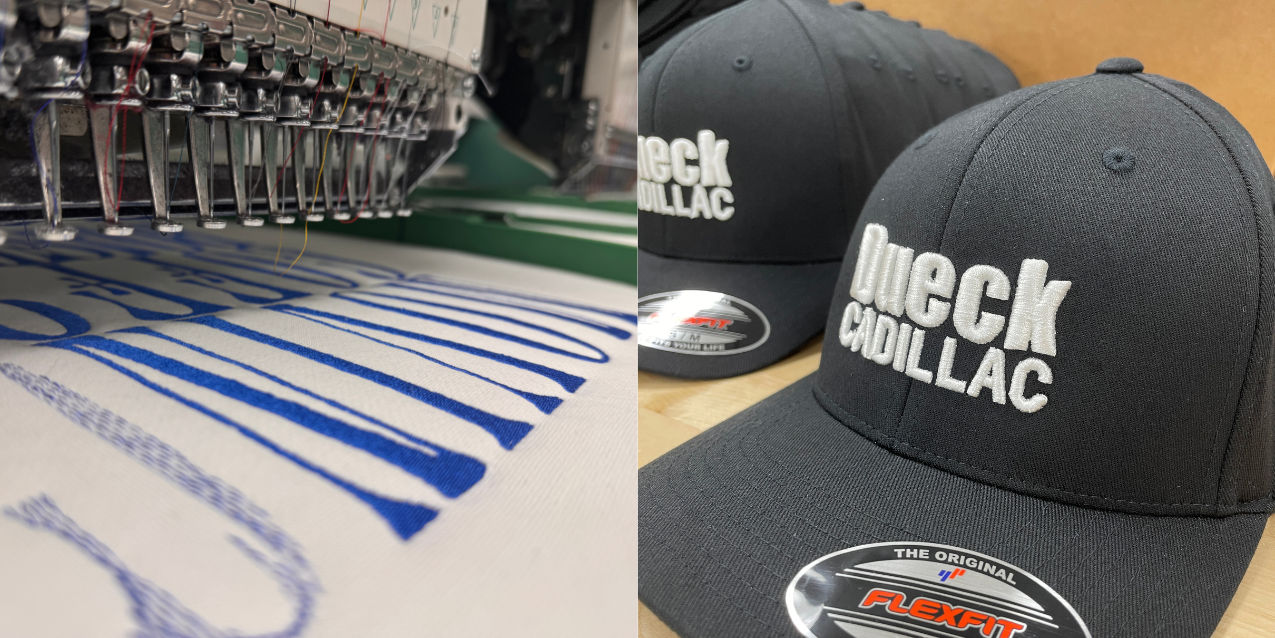
Choosing Between Flat and Puff Embroidery
When to Use Each Method
Flat embroidery is ideal for polished, professional designs where clarity and detail are essential. It’s a versatile technique suited for corporate apparel, uniforms, and detailed logos. Puff embroidery, with its eye-catching 3D effect, is perfect for hats, hoodies, and streetwear that benefit from bold, impactful designs. Baseball hats are particularly suitable for puff embroidery due to their structure and durability. Each technique has unique advantages, so selecting the right method will depend on your specific design, material, and application needs. Both flat and puff embroidery offer creative ways to enhance apparel and accessories, making it easy to elevate any project with the right choice.
Which Embroidery method is best for you?
Choosing between flat and puff embroidery depends on three main factors: your design, the garment you’re using, and your budget. Here’s how each factor plays a role in deciding which method is the best fit for your needs:
Design Requirements: If your design includes intricate details, small lettering, or high levels of precision, flat embroidery is generally the better choice. Flat embroidery offers clean, smooth lines, making it ideal for logos or detailed images. On the other hand, puff embroidery is perfect for bold, simple designs or large lettering, as the foam layer adds depth and dimension, making the design stand out in a striking way. For statement designs, puff embroidery is unmatched, but it may not capture fine details as well as flat embroidery.
Garment Selection: The type of garment you’re embroidering also influences the choice. Flat embroidery works well on almost all apparel, including t-shirts, jackets, and hats, and provides a polished, professional look that complements most fabrics. Puff embroidery is popular on items like hats, especially in streetwear or promotional styles, where the 3D effect adds a unique, eye-catching quality. At Coastal Reign, we even consider puff embroidery a specialty option for hats, elevating simple designs into statement pieces.
Budget Considerations: Puff embroidery is generally more expensive than flat embroidery because it’s a specialty method that requires foam and additional setup. The added cost may be worthwhile if your project demands a bold, dimensional look, particularly for standout items like hats or hoodies. However, if you’re working within a budget or need multiple garments with detailed designs, flat embroidery is a cost-effective option that still offers excellent quality and durability.
In summary, choose flat embroidery for detailed designs, broader applications, and budget-friendly projects. Opt for puff embroidery when you want a bold, impactful design, especially on hats or similar items, and are prepared for a higher investment to achieve that 3D look.
Conclusion
Flat embroidery and puff embroidery are two popular techniques in garment decoration. Flat embroidery involves stitching directly onto the fabric, creating a smooth, detailed design. This method is ideal for intricate logos and text, allowing for a high level of precision. It typically employs a variety of thread types and colours, resulting in vibrant, durable designs that can withstand frequent washing. Flat embroidery is a popular choice for polos, quarter zips, and jackets, offering a clean, professional look that complements the polished appearance of these garments.
Puff embroidery, on the other hand, uses a foam insert beneath the thread to create a raised effect. This technique adds dimension and texture, making designs visually striking. Puff embroidery is well-suited for simpler logos and designs, as the three-dimensional nature can obscure finer details. Puff foam embroidery is a popular specialty method for hats, as the sturdy material provides the support needed to hold up the foam and maintain the 3D effect.
Both methods have their advantages and applications. Flat embroidery is favoured for durability and detail, while puff embroidery offers a unique aesthetic appeal. When choosing between the two, considerations like design complexity, fabric type, and intended use should be taken into account to achieve the desired outcome.


